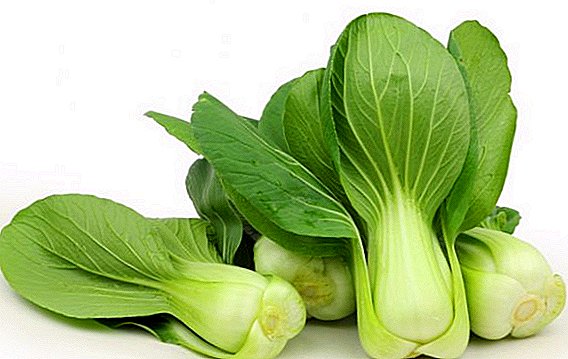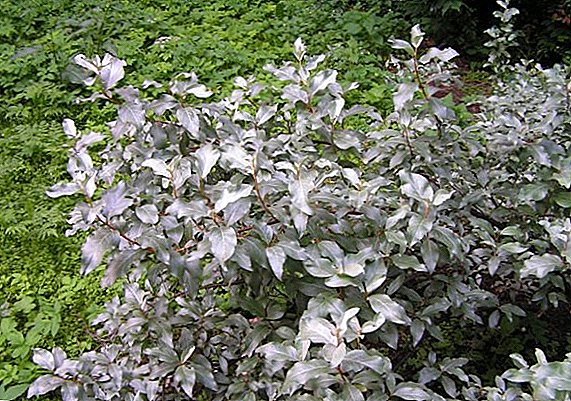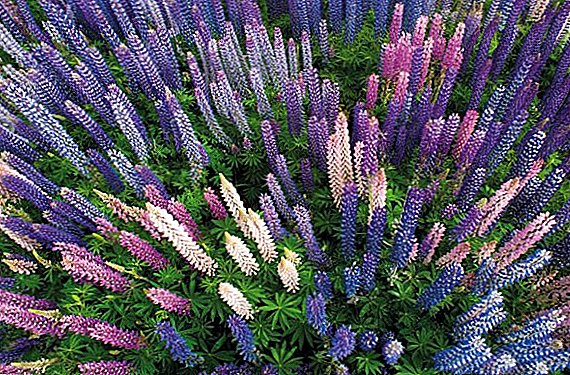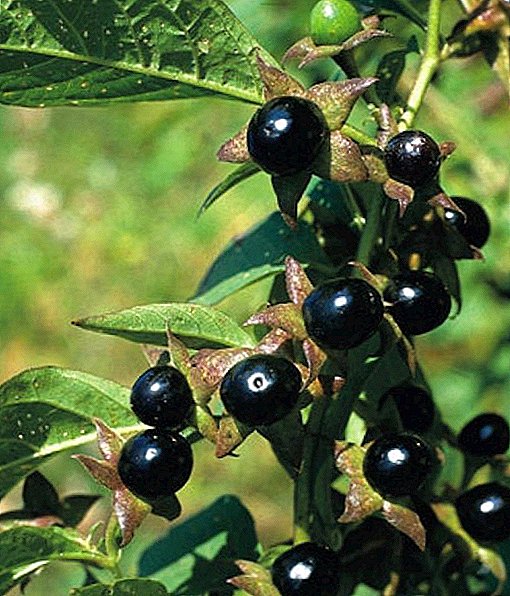
Basil is a very popular spicy aromatic green, which can be grown in open ground and at home on a windowsill or balcony.
The plant is unpretentious, grows well on most types of soil, does not require too frequent feeding. The only thing you should pay attention to when growing basil is proper watering, it is he who will ensure a good harvest.
This article describes in detail how to water basil in the open field and at home.
The importance of the procedure
The importance of proper watering due to the peculiarity of the basil root system - it spreads to a large surface, branches and does not go deep into the soil. Therefore, watering should be regular, but moderate - greens can not get moisture from the deep layers of the soil, needs a lot of oxygen and loosening the land in a pot or bed.
How often and what time to spend?
Since basil is extremely moisture-loving, it is necessary to water it in boxes dailyOn hot days in the summer - twice a day, morning and evening. In the open field - at least once a day, in the morning.
 The soil should always be slightly - just slightly - wet. Young shoots in the boxes on the windowsill can be watered using a sprayer for indoor flowers - so the water will be distributed as evenly as possible over the soil surface, basil will receive foliar moisturizing, and thin stems will not be damaged.
The soil should always be slightly - just slightly - wet. Young shoots in the boxes on the windowsill can be watered using a sprayer for indoor flowers - so the water will be distributed as evenly as possible over the soil surface, basil will receive foliar moisturizing, and thin stems will not be damaged.
Once every two to three days the soil must be loosened, very carefully, so as not to damage the surface roots. So the moisture will evaporate less, and the plant will receive the necessary oxygen.
It is necessary to closely monitor the condition of the soil.. As soon as it even has slightly dried up - it is necessary to carry out the next watering.
What influences the timing?
In spring, autumn and winter, basil is poured in pots and boxes less often - once a day in the morning or in the evening, in winter the watering frequency can be reduced to once every two days, especially if you use a humidifier at home that does not allow the plant to dry out.
The higher the temperature of the air - the more often you need to water basil.. On the hottest days, in the summer, watering is carried out at least twice a day - more abundant in the morning, less in the evening. In the evening, when the heat subsides, you can spray leaves of greenery from a flower sprayer - this procedure is good for every two days.
All basil varieties are moisture-loving, but darker varieties need more moisture and are more difficult to tolerate drought.
What water to use?
 For irrigation use warm, well-settled water with a temperature of about 23 - 25 degrees. To prepare water in an apartment or house is necessary:
For irrigation use warm, well-settled water with a temperature of about 23 - 25 degrees. To prepare water in an apartment or house is necessary:
- prepare a container (for example, a large jar);
- pour tap water into it and leave it on the window sill for a day;
- Before watering, the settled, warm water is poured into a watering can or spray bottle, keeping a layer of several centimeters in the jar - the remaining water is poured out, it is not suitable for watering.
At the cottage it would be ideal to put a barrel or tub with well or tap water for watering the greenery, and the water in it is never drained to the bottom and from time to time the remaining liquid must be drained so that it does not stand.
Top dressing
Basil needs regular feeding. To provide greens with nutrients, you can add a little sifted ash (teaspoon per liter) to the water every two weeks, a liquid universal fertilizer for greens or a little humus.
Step-by-step instructions for watering in open ground
- Prepare in advance a large tank for irrigation, in which water will settle and heat up - a bucket, a barrel or a bath.
- After a day, when the water warms up, pour the prepared water into the watering can with thin holes or into the sprayer.
- If necessary, add fertilizer, mix, leave for an hour.
- Gently, in thin streams or with a spray gun, spray the soil under the greens, trying not to damage the young plants.
- We do not allow overmoistening - it is just as harmful as lack of moisture.
- After watering with your hands or a small hoe, very gently, on the surface itself, loosen the soil.
Peculiarities of watering at home
Basil is easy to grow in pots or in boxes. The peculiarity is that the mass of the soil in the box is less than in the open ground, and it is easier as it dries up, and is too wet.
Possible mistakes
Lack of moisture
With a lack of moisture basil will grow extremely bad, the formation of new leaves will occur slowly, they will grow and curl into a tube, the edges of the leaves will dry out.
If the tips of the green leaves even slightly turn yellow - it is necessary to increase both ordinary watering and foliar spraying.
Waterlogging
Waterlogging is also extremely harmful.
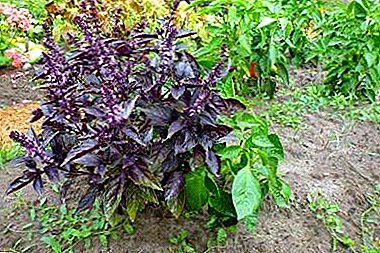 On the one hand, the more moisture, the thicker the basil stalks, the faster the fleshy aromatic leaves form, and the stronger its unique flavor.
On the one hand, the more moisture, the thicker the basil stalks, the faster the fleshy aromatic leaves form, and the stronger its unique flavor.- On the other hand, “marshy” soil can be a great place for the development of mold, which will destroy the plant. If this happened you need:
- dry the ground (that is, do not water the plant for three days);
- remove the top layer of the nutrient substrate, replacing it with fresh, and be sure to add sifted ashes to the new soil at the rate of a tablespoon per 200 grams of soil (for boxes and pots).
In the open ground, it is possible from time to time to “dust” the soil under the basil with sifted ash - This will reduce the acidity of the soil and prevent the development of mold.
Thus, watering basil is an extremely important matter. It is important to water the plant regularly, at least once a day in the summer, spray the leaves and carefully monitor that the earth is moist, but not excessive. To water only with warm, settled water, once in two weeks - a month adding a little fertilizer.


 On the one hand, the more moisture, the thicker the basil stalks, the faster the fleshy aromatic leaves form, and the stronger its unique flavor.
On the one hand, the more moisture, the thicker the basil stalks, the faster the fleshy aromatic leaves form, and the stronger its unique flavor.